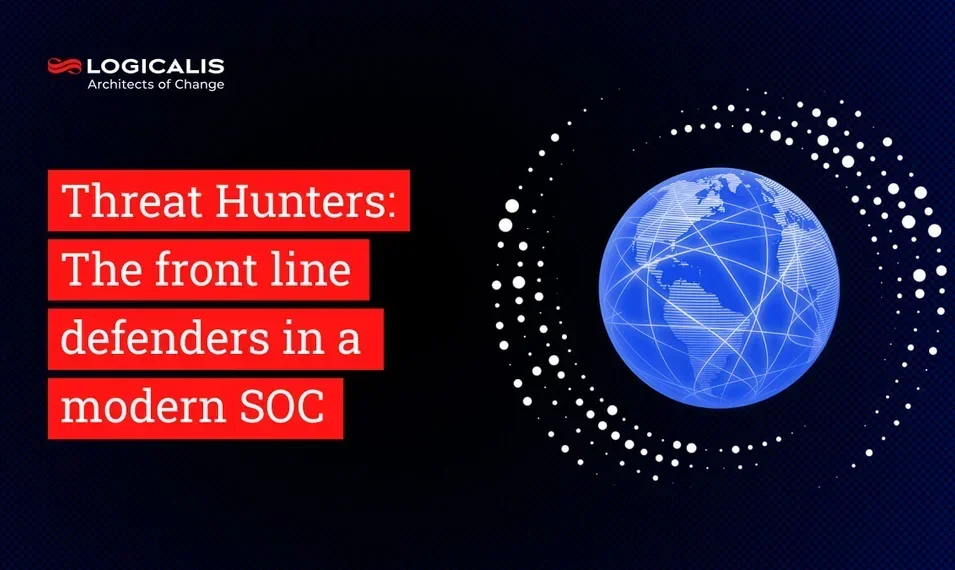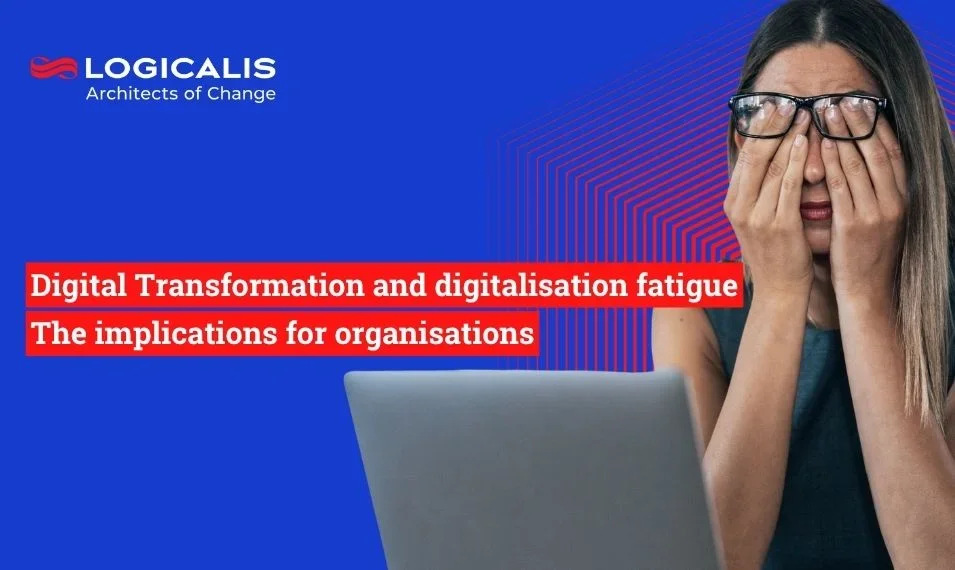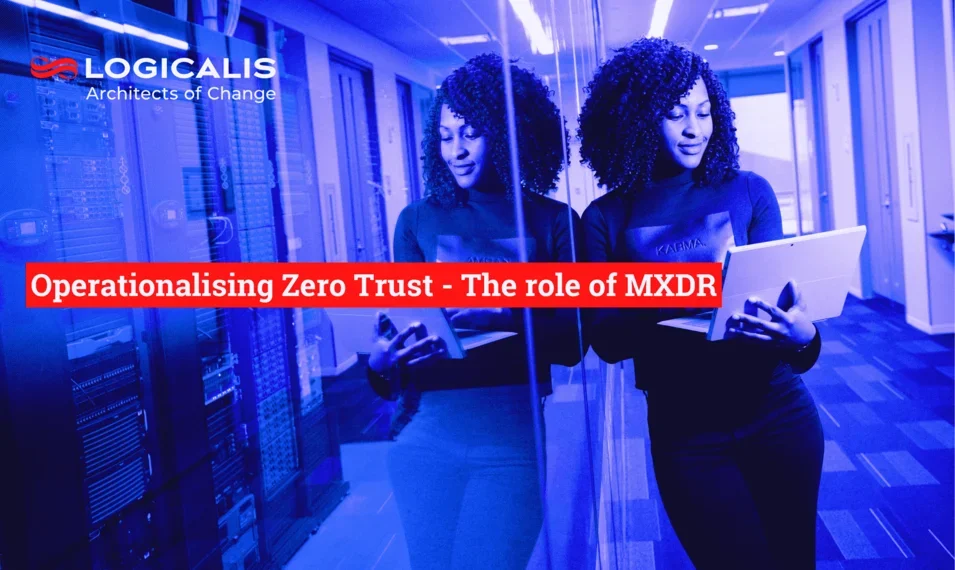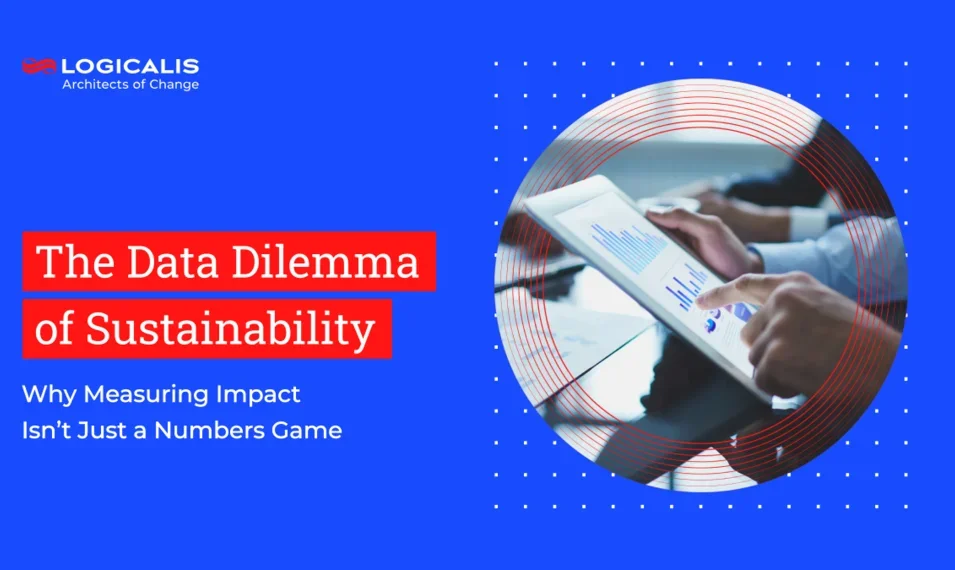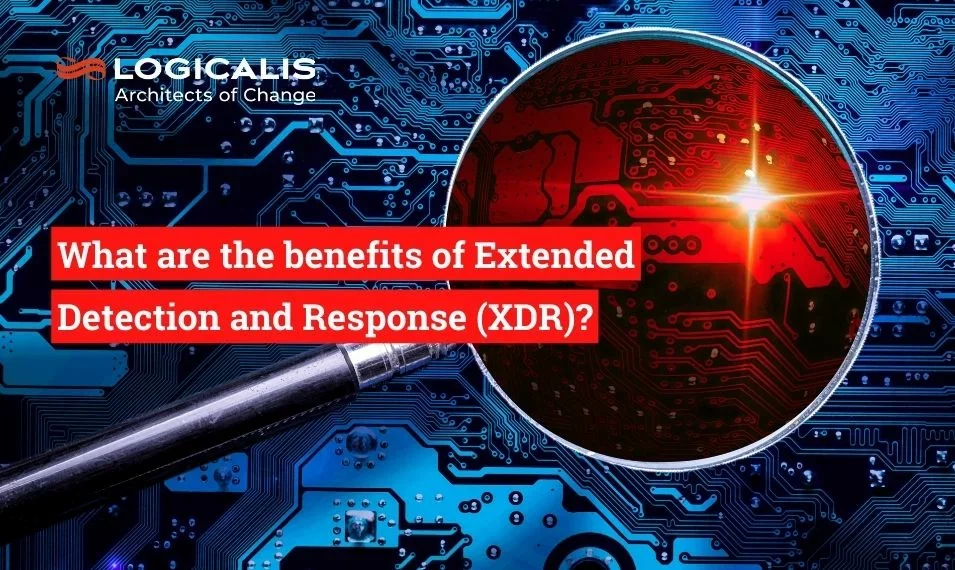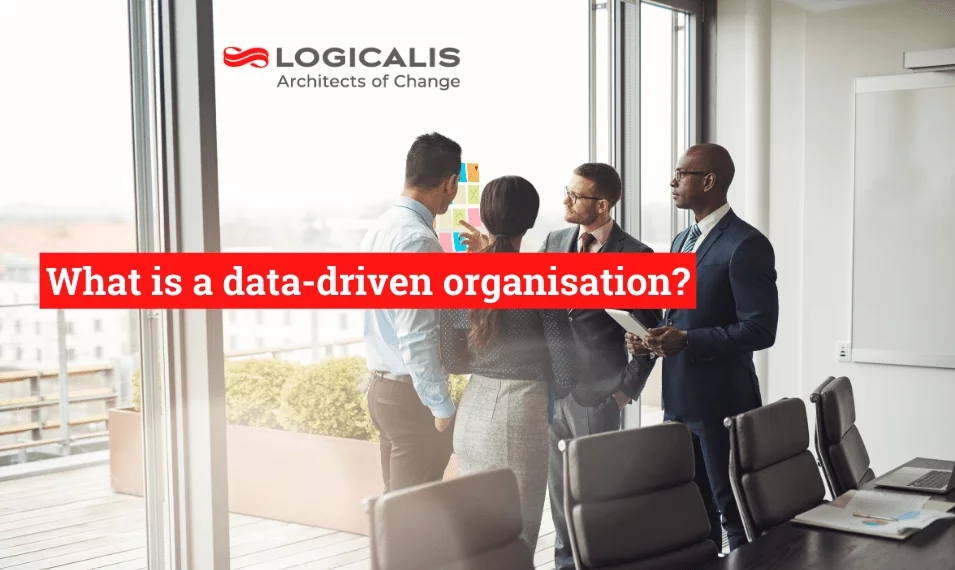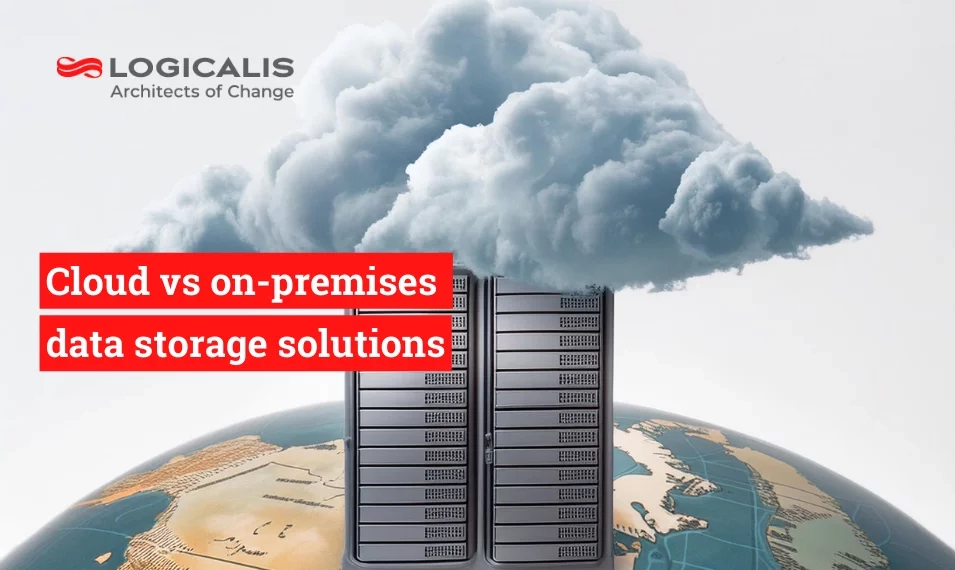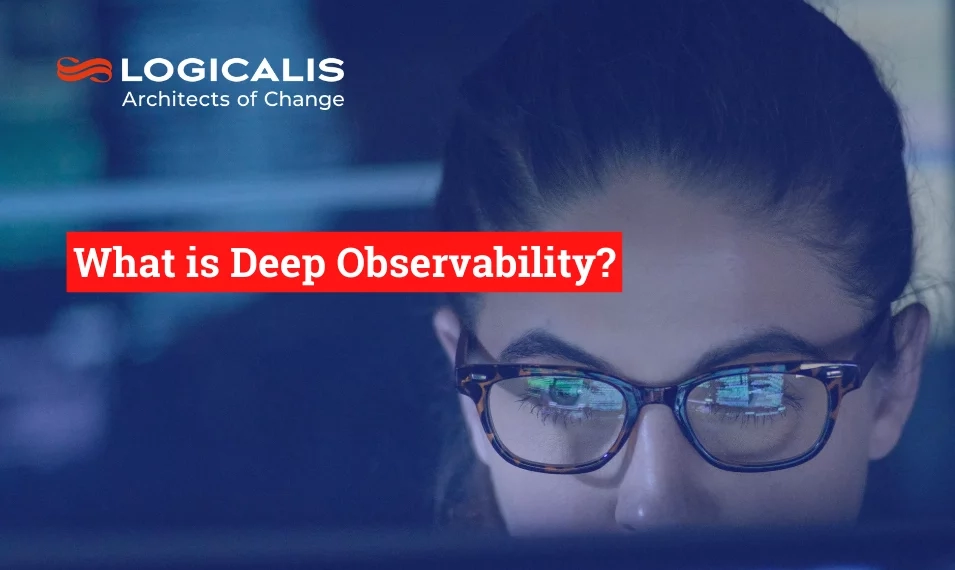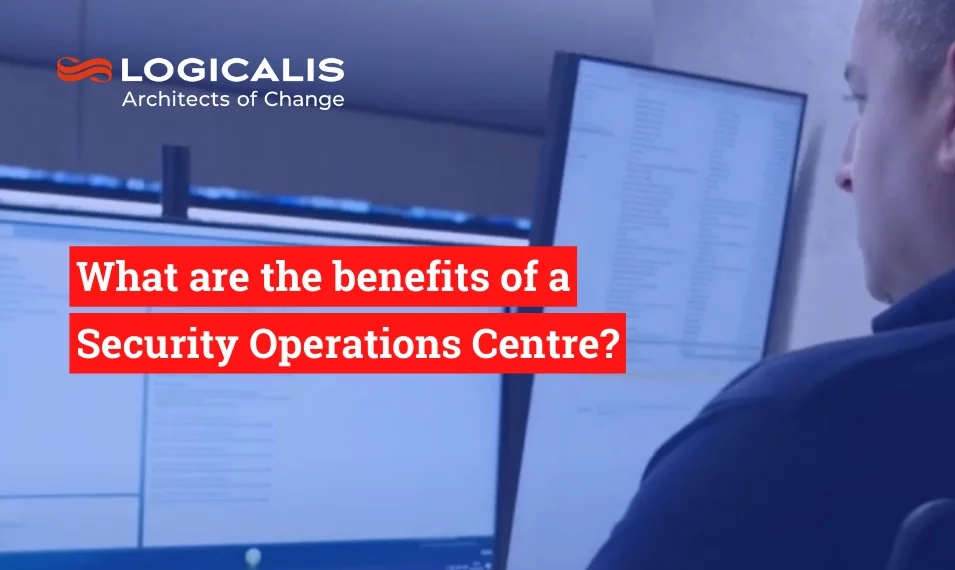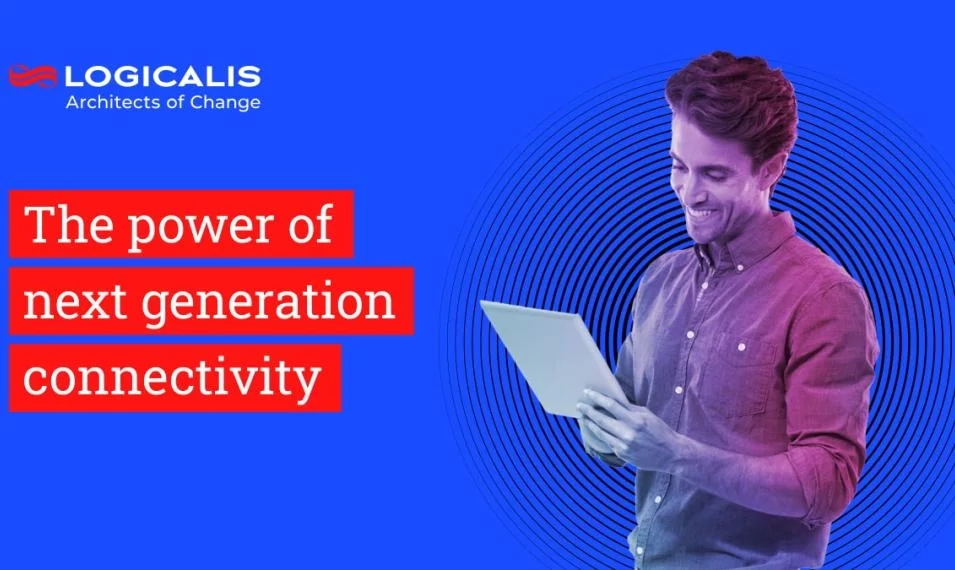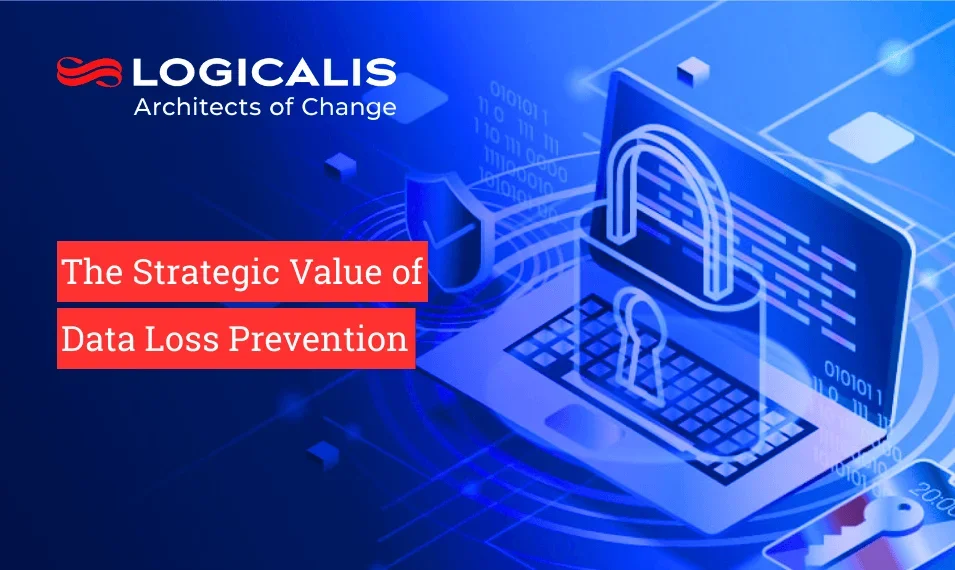
South Africa, Aug 19, 2025
What is DLP?
Data Loss Prevention (DLP) is a critical security solution that integrates a range of technologies and policies that detect, monitor and prevent the unauthorised use or transmission of sensitive data. It employs content inspection, contextual analysis and behavioural analytics to enforce data protection policies across the organisation’s endpoints, networks and cloud infrastructure.
DLP is a strategic imperative for organisations seeking to prevent data leakage, ensure regulatory compliance, and safeguard their reputation.
The Strategic Benefits of Implementing DLP
Regulatory Compliance
DLP enforces policies that prevent unauthorised data sharing or exposure and ensures adherence to key data protection regulations such as GDPR, POPIA, and PCI-DSS.
Example: A healthcare provider uses DLP to prevent patient records from being downloaded or emailed externally without proper encryption.
Protection of Intellectual Property
Safeguards sensitive business information, trade secrets, and proprietary data from being leaked or misused, preserving competitive advantage
Insider Threat Mitigation
Detects and prevents potentially risky behaviour such as mass downloads or unauthorised transfers to external devices such as USB.
Example: A disgruntled employee attempts to copy proprietary source code or sensitive customer information to a personal drive. DLP automatically blocks the action and alerts IT security teams. preventing data exfiltration and enabling timely incident response
Data Visibility and Control
Provides detailed insights into how data is accessed, used, and transmitted within the organisation, enabling better governance and decision-making. Example: A financial institution uses DLP to identify departments frequently handling client data in unencrypted spreadsheets. This insight enables targeted policy enforcement, user-specific corrective training and improves overall data protection practicesH3 Cross-Platform Protection
Secures sensitive data across SaaS platforms and cloud services such as , Microsoft 365, Google Workspace, endpoints, and BYOD scenarios.
Example: A remote employee attempts to upload confidential documents to a personal Dropbox account. DLP will enforce a block policy and alert security teams.

Strategic Framework for implementing DLP
To maximise ROI and minimise implementation challenges, IT managers should adopt a phased, risk-based approach to DLP strategy and deployment. This ensures alignment with organisational requirements, reduces risks, improves efficiencies and supports long term data protection goals
Data Discovery & Classification
Objective: Identify and categorise sensitive organisational data to enable effective protection and policy enforcement.
Tools: Utilise automated discovery engines with pattern matching (e.g., regex for credit card numbers) and machine learning algorithms for contextual classification of data across structured and unstructured sources.
Policy Definition & Enforcement
Objective: Define clear rules governing data access, movement, and storage.
Best Practice: Align policies with business units and legal teams to ensure policies are aligned with operational needs and regulatory requirements, while avoiding over blocking that could hinder productivity. H3 DLP Solution Selection & Integration
Objective: Select a DLP platform that seamlessly integrates with existing security infrastructure, including SIEM, SOAR, CASB, and EDR solutions
Key Consideration: Prioritise platforms that offer AI-driven anomaly detection, real-time alerting, and cloud-native architecture to ensure scalability, agility, and comprehensive data protection
User Awareness & Training
Objective: Foster a security-first culture in the organisation by empowering users to recognise and respond to data protection risks.
Tactics: Conduct simulated data exfiltration scenarios and provide just-in-time training to reinforce best practices and improve user behaviour in real-world situations
Continuous Monitoring & Optimisation
Objective: Continuously adapt to evolving threats and business requirements to maintain effective data protection.
Tools: Use dashboards, incident reports, and threat intelligence platforms to monitor DLP performance, identify gaps, and fine-tune policies for optimal security outcomes.
It is important to recognise that Data Loss Prevention (DLP) is not a one-size-fits-all security solution.
Rather It’s a dynamic, evolving framework that must be tailored to your organisation’s risk profile, regulatory landscape, and operational model.
When implemented strategically, DLP becomes more than just a compliance tool. It helps to build trust within the organisation and its various stakeholder groups, and enables secure innovation enabling organisations to grow while maintaining control over their sensitive data.
Need support with implementing DLP in your organisation?
Contact our Logicalis SA Team to help you design and implement an effective Data Loss Prevention strategy tailored to your organisation’s needs. Our experts are ready to guide you through every step from planning to deployment and optimisation.

